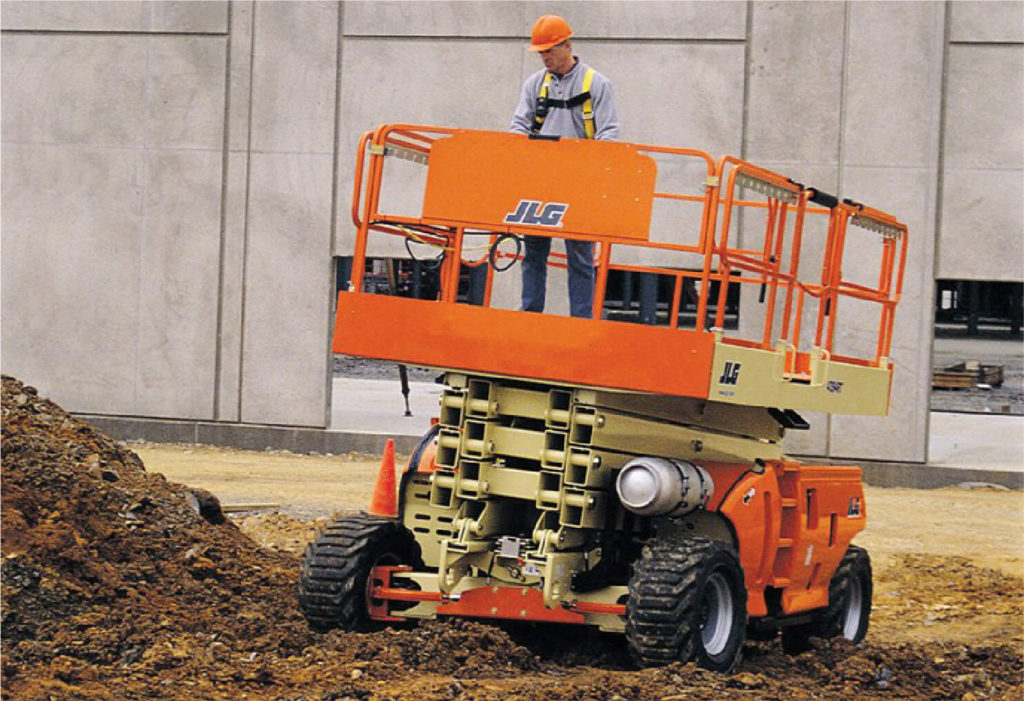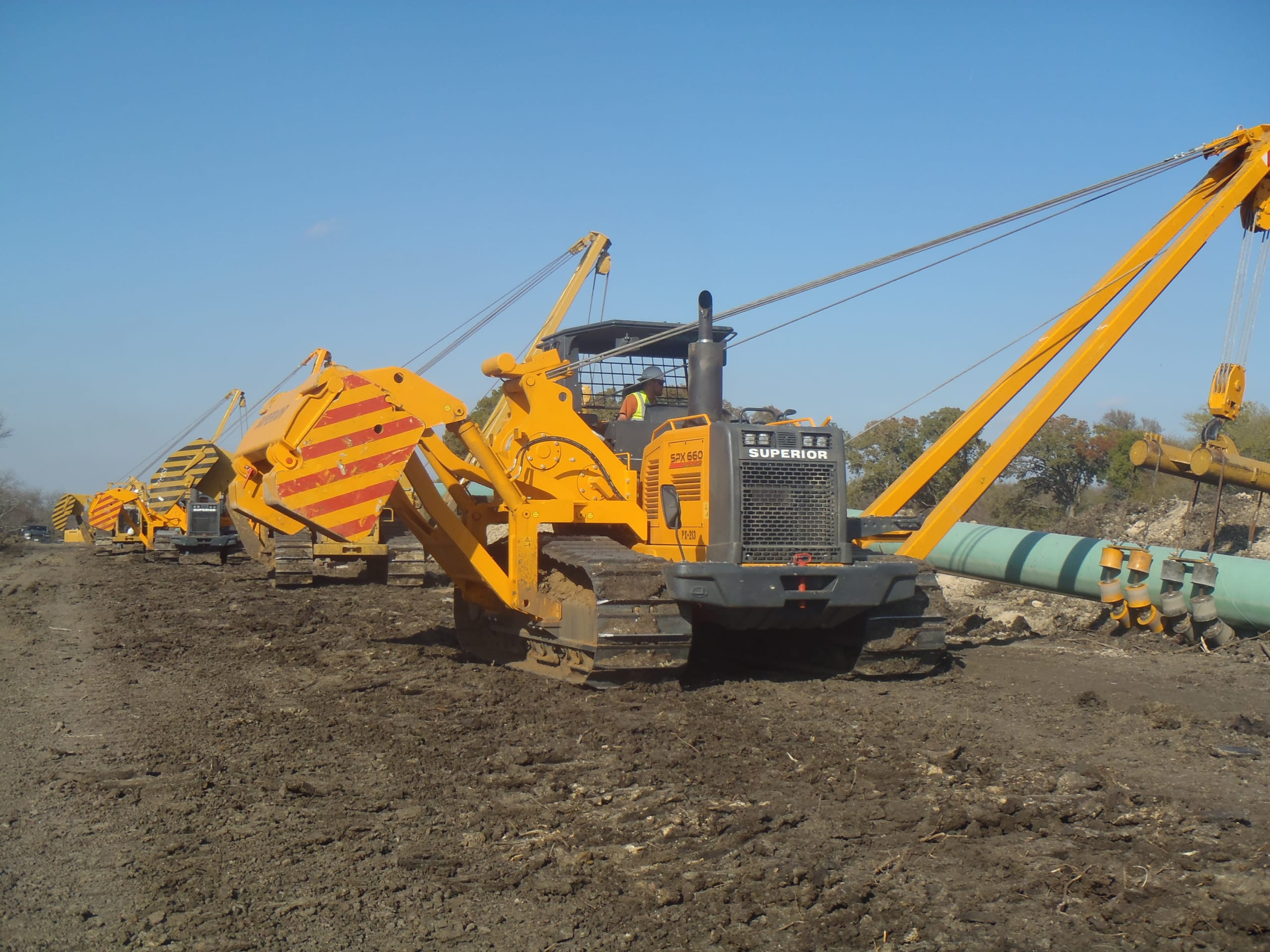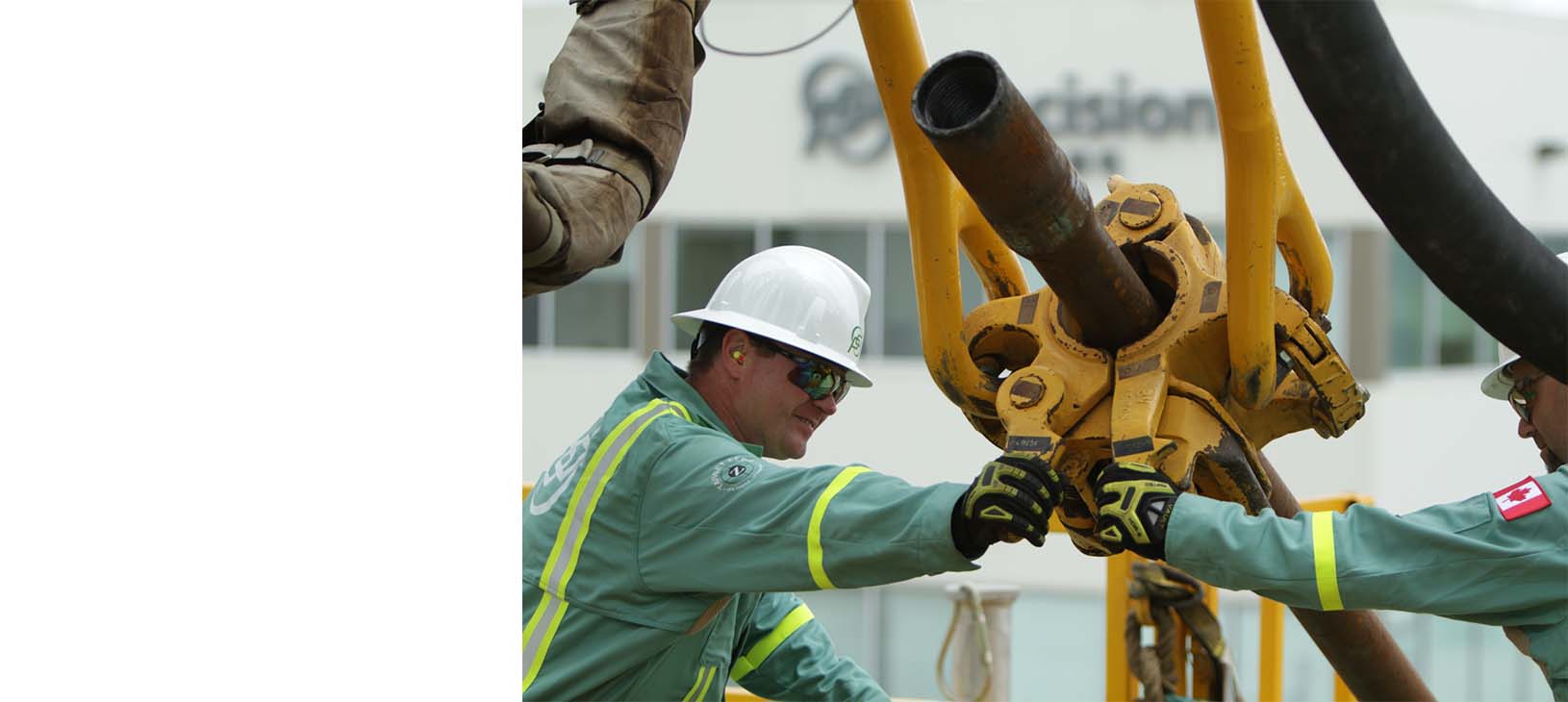Superior Oilfield Rentals Texas: FAQ before renting
Wiki Article
A Comprehensive Overview to the Numerous Kinds Of Oil Field Equipment and Pipeline Equipment Available
The oil and gas industry depends heavily on specific devices for effective extraction and transportation. Different kinds of machinery, from drilling rigs to tank, play vital roles in this complicated process. Each tool offers distinctive features that add to overall functional success. Understanding these components is important for any individual associated with the market. As the market progresses, so too do the technologies that support it. What improvements are on the horizon?
Drilling Rigs: The Foundation of Oil Exploration
Drilling rigs function as the vital machinery in the domain name of oil exploration, enabling companies to gain access to hydrocarbon gets hidden deep under the Earth's surface. These rigs are available in various kinds, consisting of land rigs, offshore rigs, and mobile units, each made to operate in certain settings. Geared up with sophisticated innovation, drilling rigs can permeate geological developments with precision, ensuring efficient resource extraction. The architectural honesty and operational abilities of these rigs are essential, as they should hold up against extreme conditions and considerable pressures. In addition, the option of an exploration rig affects the overall job price and timeline, making it an important consideration for oil companies looking for to optimize their expedition efforts and maximize performance in their procedures.Pumps: Necessary for Liquid Motion
In the oil extraction procedure, the role of pumps is considerable, promoting the motion of fluids throughout different phases of production. Pumps are necessary for delivering petroleum, water, and various other fluids from underground tanks to the surface area and afterwards via pipes to refineries. They come in various kinds, consisting of centrifugal, positive displacement, and completely submersible pumps, each offering details purposes based upon the liquid attributes and operational needs. Centrifugal pumps are frequently utilized for their effectiveness in high-flow applications, while favorable displacement pumps master taking care of viscous fluids. The selection of pump influences general effectiveness, functional safety, and maintenance costs. Appropriate choice and maintenance of pumps are vital for maximizing production and lessening downtime in oil area operations.Valves: Managing Circulation and Pressure

Shutoffs play an essential duty in managing the flow and pressure of fluids within oil fields and pipelines. Different types of shutoffs serve distinct applications, each made to accomplish specific functions essential for effective operation - Superior Rentals Contact. Understanding the attributes and uses these shutoffs is essential for enhancing system performance and security
Kinds of Valves
Necessary parts in oil area procedures, valves play a crucial function in controlling the flow and stress of liquids within pipes and devices. Different kinds of valves are utilized to meet the diverse requirements of oil and gas manufacturing. Typical kinds include entrance shutoffs, which supply a straight-line flow and minimal stress drop; world valves, understood for their strangling abilities; and ball shutoffs, recognized for their fast on/off control. Additionally, check shutoffs protect against backflow, while butterfly valves offer a lightweight service for managing circulation. Each valve type is made with specific materials and arrangements to stand up to the severe conditions usually discovered in oil fields, ensuring integrity and performance in operations. Understanding these kinds is essential for reliable system monitoring.Valve Applications and Features
While different kinds of valves serve distinctive objectives, their key applications rotate around regulating circulation and pressure within oil and gas systems. Shutoffs such as gateway, globe, and round valves manage liquid movement, making certain peak performance and safety and security. Gate shutoffs are commonly used for on/off control, providing very little flow resistance. World valves, on the various other hand, offer precise circulation regulation, making them appropriate for strangling applications. Ball shutoffs are preferred for their quick procedure and limited sealing capabilities. Additionally, pressure alleviation shutoffs are vital for stopping system overpressure, safeguarding equipment stability. On the whole, the suitable option and application of valves boost functional effectiveness, making sure the reputable transportation of oil and gas through pipelines and handling facilities.Compressors: Enhancing Gas Transportation
Compressors play an important role in the effective transport of gas, ensuring that it relocates efficiently through pipelines over cross countries. These gadgets raise the stress of gas, permitting it to overcome rubbing and elevation changes within the pipeline system. Additionally, compressors help with the balancing of supply and demand, fitting changes in intake and manufacturing prices. Numerous sorts of compressors are employed in the market, consisting of centrifugal, reciprocating, and rotating screw compressors, each offering distinctive advantages based upon the functional requirements. Routine upkeep of these compressors is necessary to take full advantage over at this website of effectiveness and reduce downtime, ultimately adding to a reliable gas transportation network. Their essential feature underscores the significance of compressors in the general oil and gas framework.Storage Tanks: Safe and Efficient Liquid Management
Efficient transport of gas depends on numerous sustaining systems, among which is the appropriate administration of tank. These containers play an important duty in securely including liquids, guaranteeing that operational effectiveness is maintained while decreasing environmental risks. Constructed from long lasting products, they are made to hold up against high pressures and destructive components. Effectively sized and strategically located, tank assist in the smooth circulation of gas and various other fluids, avoiding traffic jams in supply chains. Regular upkeep and tracking are necessary to detect leakages or architectural problems, advertising security and compliance with governing standards. Inevitably, the effective administration of tank is crucial for the general honesty and dependability of the oil and gas sector's liquid handling systems.
Pipeline Equipments: Infrastructure for Transport
Pipeline systems act as the foundation of the oil and gas sector, helping with the reliable transportation of hydrocarbons over vast distances. These systems include numerous parts, consisting of pipes, valves, pumps, and compressors, all carefully made to ensure seamless circulation. The materials made use of in pipeline building, often steel or high-density polyethylene, are chosen for resilience and resistance to deterioration. Pipeline networks can cover throughout land and water, linking manufacturing sites to refineries and circulation facilities. Additionally, progressed modern technology makes it possible for real-time surveillance of flow prices and pressure degrees, boosting operational efficiency. The calculated positioning of these pipelines lessens ecological influence while making the most of source ease of access, therefore playing a crucial role in meeting energy demands worldwide.Safety Equipment: Guaranteeing Worker and Environmental Protection
The procedure of pipeline systems, while important for power transportation, also presents considerable security obstacles for workers and the atmosphere. Safety tools plays a substantial function in reducing these threats. Personal protective tools (PPE) such as safety helmets, gloves, and non-slip shoes safeguards employees from physical risks. Furthermore, gas discovery systems keep track of for leakages, ensuring that hazardous substances do not posture a hazard to workers or the surrounding community. Emergency closure systems are vital for swiftly halting procedures during a dilemma, preventing potential disasters. Spill control materials, consisting of absorbents and barriers, are basic for reducing environmental influence. In general, buying all-inclusive security tools is crucial for keeping operational stability and securing both employees and the atmosphere in the oil and gas field.
Often Asked Concerns
How Do I Pick the Right Oil Field Equipment for My Task?
Picking the right oil field equipment includes examining project specifications, spending plan restrictions, and operational demands. Think about aspects such as equipment reliability, compatibility with existing systems, news and the distributor's online reputation to guarantee peak efficiency and safety and security.What Are the Upkeep Requirements for Oil Field Equipment?
Upkeep requirements for oil area devices consist of regular evaluations, lubrication, and timely repair work. Operators ought to also abide by manufacturer guidelines, monitor performance metrics, and warranty compliance with safety and security policies to enhance durability and performance.
Exactly How Can I Make Certain Conformity With Environmental Regulations?
To guarantee compliance with environmental guidelines, business have to carry out routine audits, implement best techniques, purchase training, preserve proper documents, and remain upgraded on regulation (Superior Rentals reviews). Collaboration with environmental companies can likewise enhance adherence to lawsWhat Is the Average Life-span of Pipeline Equipment?
The typical look at here lifespan of pipeline devices usually ranges from 20 to half a century, depending upon elements such as worldly high quality, ecological conditions, and maintenance practices. Routine evaluations can substantially affect longevity and operational efficiency.Just how Do I Securely Carry Oil Field Equipment to Remote Locations?
Moving oil field tools to remote locations calls for mindful planning, consisting of course assessment, safeguarding permits, using appropriate lorries, and ensuring safety and security methods are adhered to. Appropriate training and interaction amongst staffs are essential for effective transport.Report this wiki page